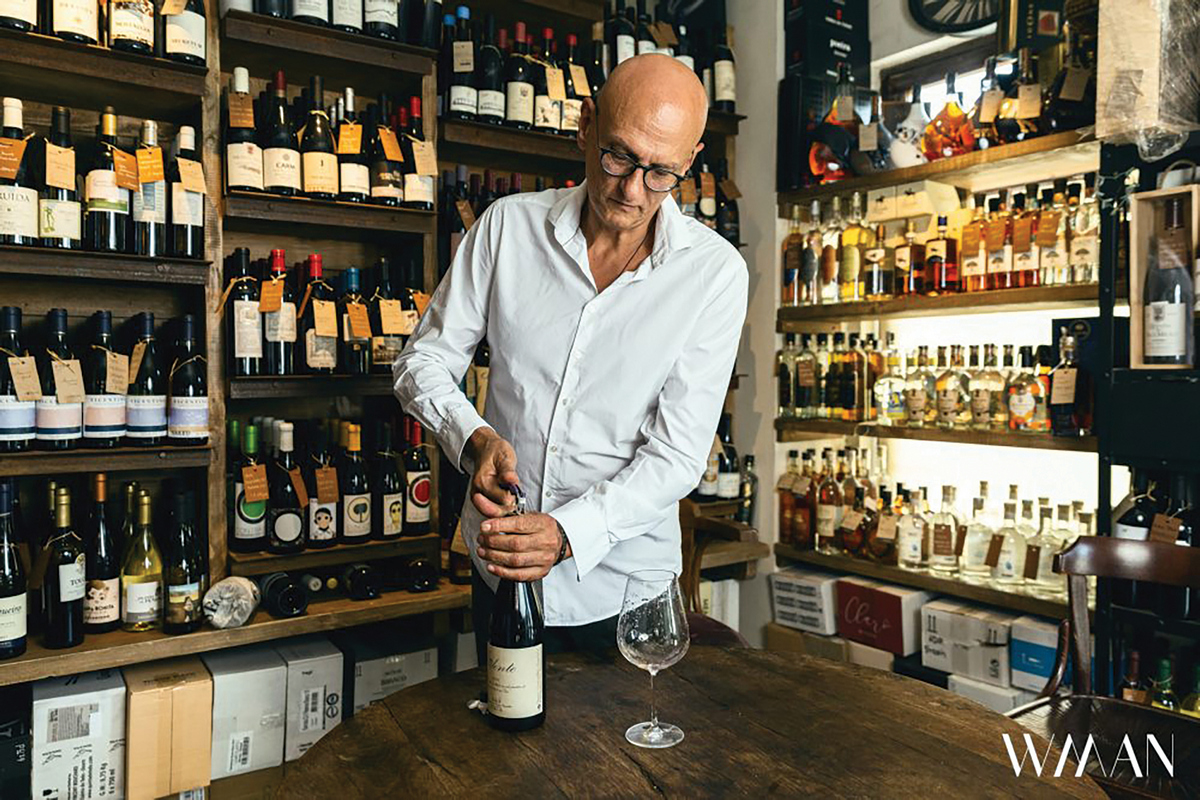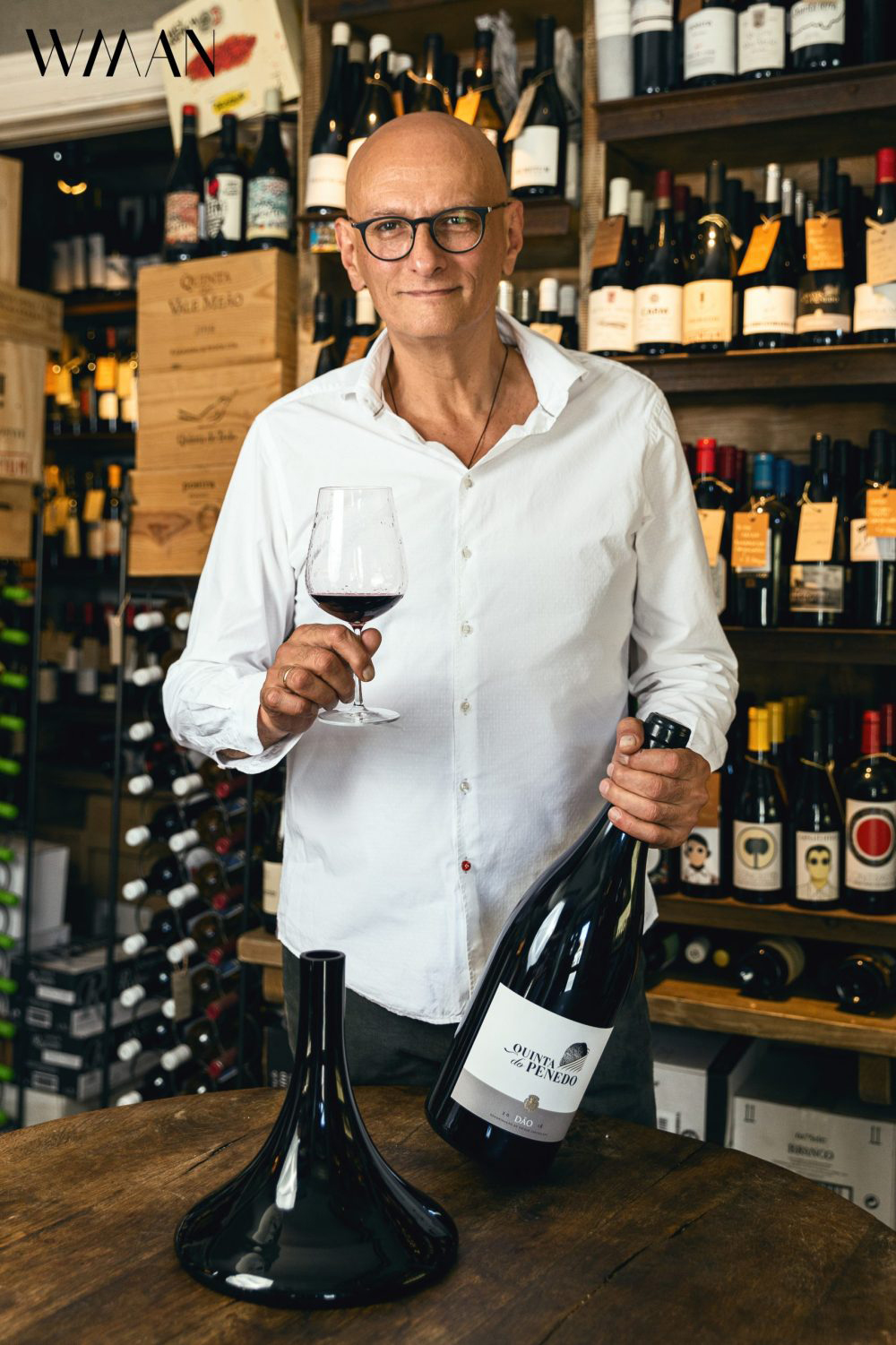At one time, the Portuguese managed to resist internationalization and uprooting domestic and planting French varieties. This is the only way to be recognized on the global market

Portugal is known for excellent wine, which is the reason why we talked to Željko Tintor, an importer of Portuguese wines to Serbia, who revealed some of the unusual and interesting secrets behind the success of this famous wine destination.
Portugal is a famous wine producer, and porto is a world-famous wine. What else interesting besides porto comes from Portugal?
Porto, Madeira and Moscatel de Setúbal are world-famous dessert wines. In the distant past, those wines were the first things you thought of when speaking about Portuguese wines. The first change took place in the 1980s when Vinho Verde rosé (produced by Mateus, Lancers, Casal Mendes…) won the taste buds all over the world. During that golden age, Mateus was filling a million bottles a week. A recognizable light style of rosé with a low percentage of alcohol and “deliberately forgotten non-boiled sugar and trapped CO2 in the original packaging” was a recipe for success.
Today, Portuguese wines are increasingly conquering worldwide markets with their special autochthonous varieties.
What are the peculiarities of terroir and what varieties is Portugal famous for?
In the northeast of the country lies the world-famous Douro region, named after the eponymous river that originates in neighboring Spain. It is also the oldest denomination in the world. As early as 1756, Marquis Pombal defined the “rules of the game” and set the boundaries of the region. It is the largest cultivated mountain region in the world and the largest region under UNESCO protection. The entire region is covered in slate stone and under UNESCO’s protection. The Douro region also features beautiful terraced vineyards. In 1999, the heirs of the famous families came up with the idea that something had to change because the sale of Porto wine had constantly declined. Soon after, they started producing the first still wines. Success came relatively quickly, and traditionally the Porto region was the first to open its doors to new wines, now produced under the Douro DOC label.
Vinho Verde is a border region located in the northwest. It used to be called after the Minho River, and now it is named after a wine. Unlike the Douro, Vinho Verde has a Mediterranean climate, thanks to the river that runs through it, and is also subjected to a harsh Atlantic climate. Wine made here is usually white with a lower percentage of alcohol, and in cheaper variants, it doesn’t contain CO2. In the far north, on the border with Galicia, lie two small towns – Moncao and Melgaco – where one of the most beautiful white wines of the Iberian Peninsula are made from the famous Alvarinho variety.
Some 100km below Porto, near the ocean, lies Bairrada, probably my favorite wine-making region. It is home to the Baga variety, which is grown on limestone-clay soil. They usually compare it with Nebbiolo and Pinot Noir, and it produces one of the longest-lasting still wines in the world. White wines from the Bical and Cerceal varieties also keep well in the bottle and can last over 20 years.
Between Douro in the north and Bairrada in the east, lies a granite plateau at 550 metres altitude, surrounded by mountain ranges, called Dão. “I think that God itself made this region for wine production”, says Mr Alvaro Castro, the famous winemaker from the region. In short, this is Portuguese Burgundy. The wines made here are very luxurious and drinkable. The altitude, the proximity of the biggest mountain in Portugal and the minerality that the wines draw from the granite are the main reasons behind the longevity of these wines, which often surpass the most famous regions in the world. This is home to Portugal’s most famous varieties Touriga Nacional and Baga, as well as the white grape variety Encruzado.
As far as the top Portuguese wines are concerned, I don’t think there is a better selection of such wines anywhere outside of Portugal than in Belgrade
How well-known and in demand are Portuguese wines in Serbia? How is our market for these wines compared to other markets in the region and the world?
This year, I am celebrating two decades of working with and promoting Portuguese wines in Belgrade. Portuguese wines certainly have the best market placement in the region. It is much easier to sell “labels that are in demand”, namely Italian, French and the ones from the neighbouring countries than to promote wines with labels people often cannot even pronounce. As far as the top Portuguese wines are concerned, I don’t think there is a better selection of such wines anywhere outside of Portugal than in Belgrade. Some people in Portugal would also envy the wide selection of Portuguese wines in Belgrade. Certainly, much more wine is sold in developed markets, but it is mostly in lower price categories. In our country, sales in the higher price categories of Portuguese wine are certainly better.
Every sailor on every Portuguese ship had a ration of one wine bottle a day
How important is Portugal’s historical background as a maritime and colonial power for the development of viticulture? How much have Portuguese wines and varieties been influenced by other parts of the world
Every sailor on every Portuguese ship had a ration of one wine bottle a day and there were a lot of sailors. It’s better to produce your own wine than to buy it from your neighbours. Certainly, as a maritime power and later a colonial one, Portugal influenced the spread of wine culture. Even today, the former colonies are one of the biggest consumers of Portuguese wines. But we should also highlight the special relations Portugal had with England, which was often in conflict with France, so Portugal was their closest solution for good wines. As a maritime power, they certainly exchanged varieties with other wine-making nations that would have seemed interesting to them. I think that Baga and Šibenik-based variety Babić are closely related. The well-known Dalmatian winemaker Bibić told me that the old people call the variety Bagić, which also coincides linguistically.
Which Portuguese examples could Serbia follow to improve its winemaking?
At one time, the Portuguese managed to resist internationalization and uprooting domestic and planting French varieties. This is the only way to be recognized on the global market. There is certainly a market surplus of wines made from well-known varieties. Real wine connoisseurs are looking for usually wines that fully represent regions and climates. I always thought that we too must head in that direction. Out of all Serbian red grape varieties, Prokupac and Kadarka give wonderful wines, and of white grape varieties, I would like to single out Grašac, Furmint, Smederevka, Župljanka and Slankamenka.
